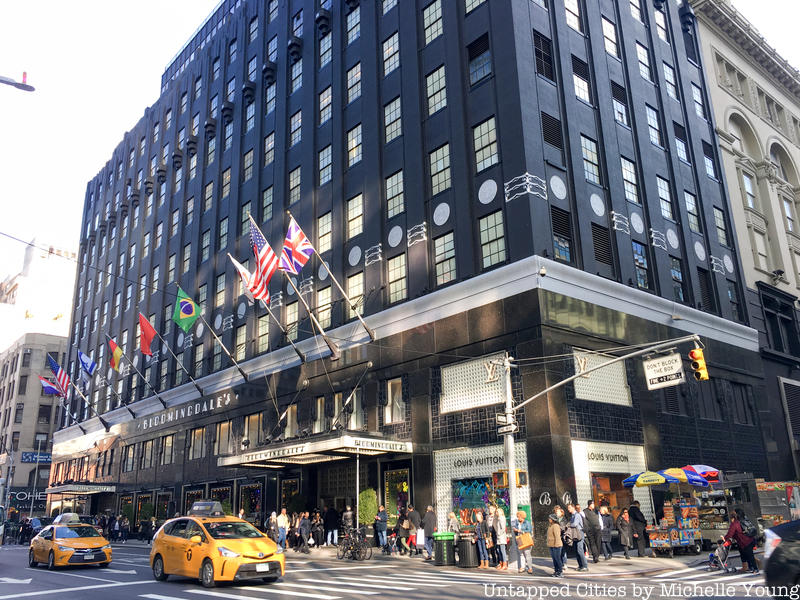
Bloomingdale’s is one of those storied New York City department stores that grew from a small shop to the megastore it is today. While the gleaming store may not seem to hold many secrets, we’ve uncovered some truly fun ones – after all, it’s hard not to accumulate some great history if you’ve been around since 1860.
1. Bloomingdale’s Began Downtown in the Lower East Side Selling Hoop Skirts
Lyman Bloomingdale first opened the store, Ladies’ Notions Shop, on the Lower East Side with his father selling hoop skirts, a style popularized by Empress Eugénie of France. In 1872, Lyman’s brother Joseph, returned to New York after working as a traveling salesman. The two brothers opened “Bloomingdale’s Great East Side Bazaar” on 3rd Avenue between 56th and 57th Street, a bet for the time period, because the shopping district was still located downtown. To counter this, the East Side Bazaar sold far beyond hoop skirts. Differentiating from other retailers at the time, who generally specialized in one type of garment, the Bazaar carried a variety of women’s and men’s fashions, most which were imported from Europe. It was the precursor of the modern-day department store.
Neighborhood demographics began to shift, as the city’s wealthy moved further and further uptown to construct their Gilded Age mansions. The construction of the Third Avenue elevated rail further supported the prospects of the uptown store, and a 1902 advertising campaign surrounded the theme “All Cars Transfer to Bloomingdale’s.”





